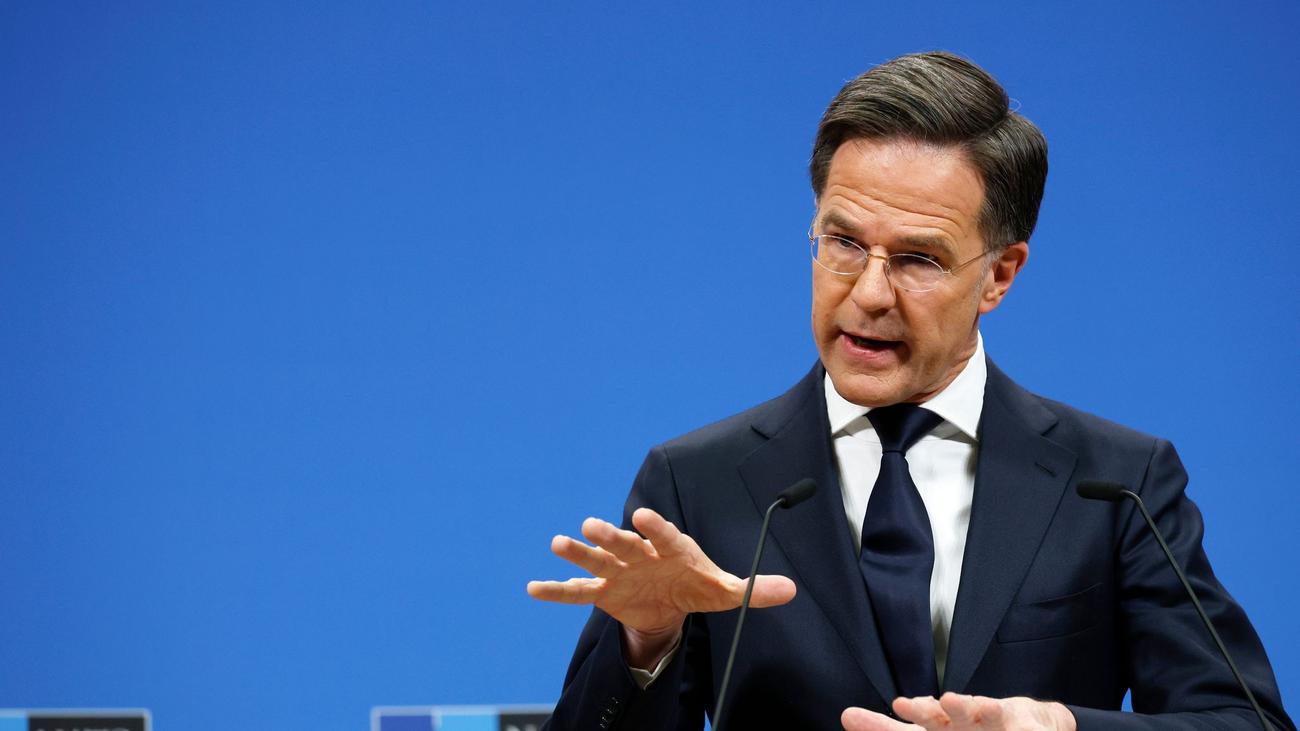
NATO Defense Spending Surges Amid Trump’s Criticism
Renewed Tensions over Burden Sharing
Under the scrutiny of US President Donald Trump’s demands for equitable burden sharing within NATO, Secretary-General Mark Rutte presented updated figures during a press conference in Brussels. Rutte highlighted that since 2014, European allies and Canada have collectively allocated an additional $700 billion towards defense. In 2023 alone, their total investments reached $485 billion, reflecting a nearly 20% increase compared to 2023.
Progress towards the 2% Target
Rutte noted that "two-thirds of the allies are now spending at least two percent of their GDP on defense," aligning with the NATO goal set in 2014. He expressed optimism that an increasing number of allies would not only meet but also surpass this target by 2025.
Trump’s Insistence on 5% Spending
Amidst the renewed emphasis on burden sharing, Trump has repeatedly urged allies to increase their defense spending to 5% of their GDP. From his perspective, European partners have failed to adequately contribute to their own defense, relying excessively on the protection provided by the US.
Historical Threat of NATO Withdrawal
During his first term in office, Trump provoked controversy by threatening to withdraw the US from NATO unless allies met his demands. The upcoming NATO meeting involving the new US Secretary of Defense, Pete Hegseth, is expected to provide insights into the fate of this contentious issue.
Ukraine Crisis and Weapon Coordination
In related news, Hegseth was present at a meeting on Wednesday focused on coordinating weapon supplies for Ukraine, which has been under relentless Russian attacks. The international group involved in this effort aims to provide the necessary support for Ukraine’s defense.
Ongoing Efforts and Cooperation
While presenting the encouraging spending figures, Rutte acknowledged the need for further action to ensure adequate resources for deterrence and defense and to achieve a fairer distribution of responsibilities. NATO remains hopeful that these updated statistics will mitigate tensions within the alliance. However, the long-standing debate over burden sharing is likely to continue in various forms, shaping the future of NATO’s collective defense strategy.
